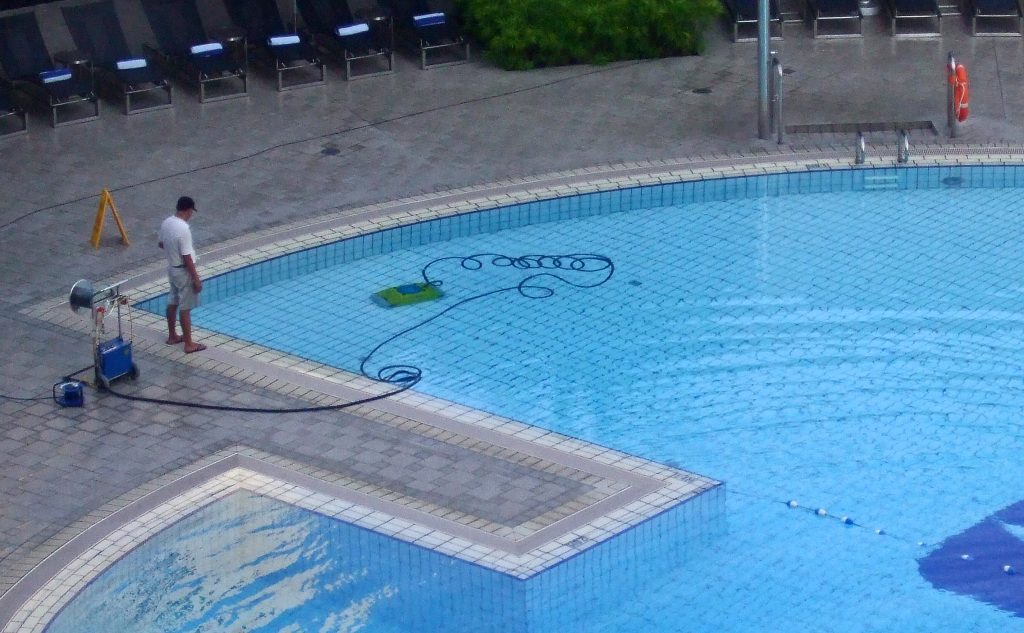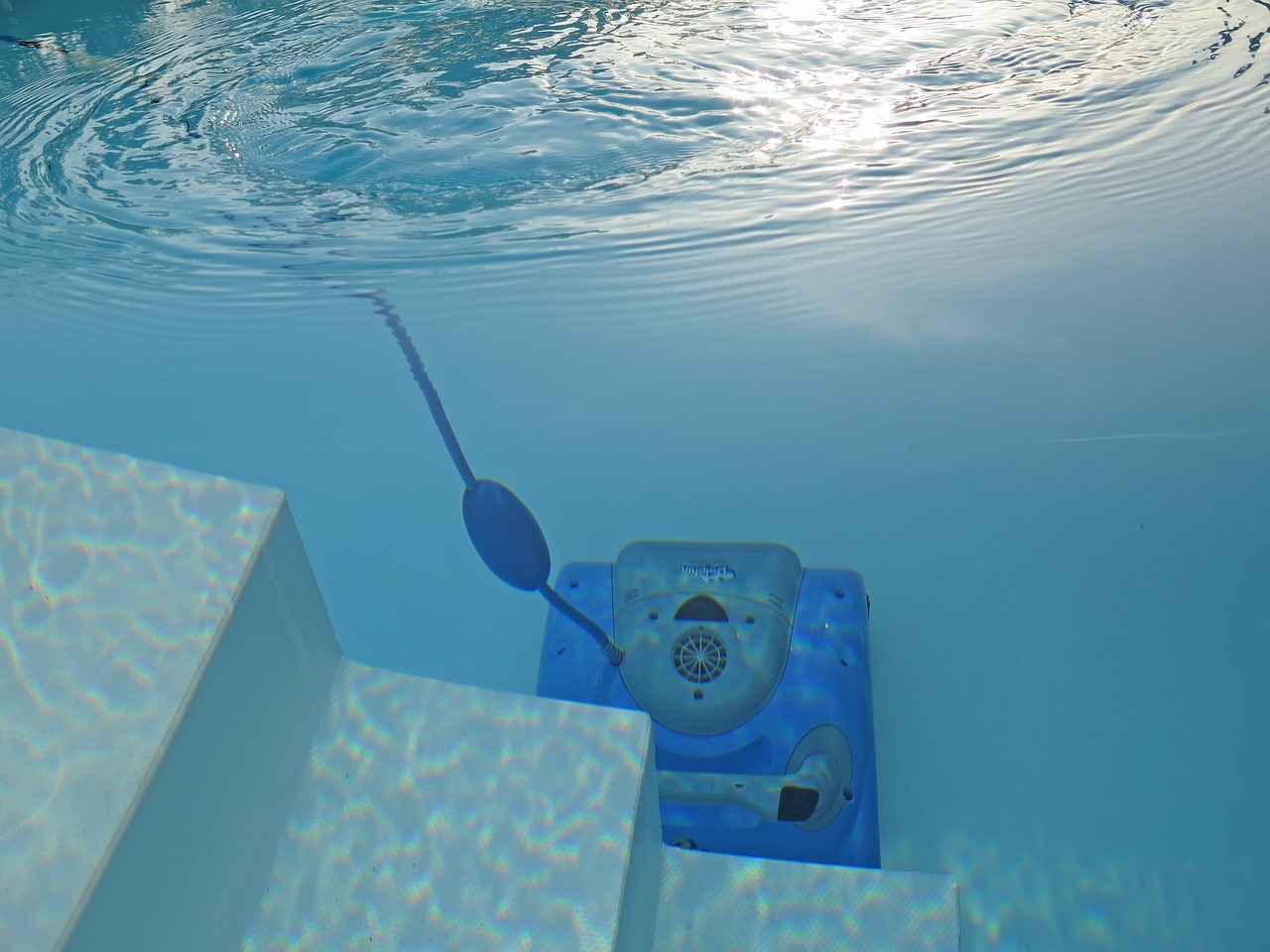
Cleaning Your Pool With a Robot (Part 1)
Summary
– Focus on pool robots
– Prior to purchase
– Clean your pool with a hydraulic robot
– Cleaning your pool with a pressure pool cleaner
– Clean your pool with an electric pool cleaner
If enjoying a pool is a treat, cleaning the pool is more like a punishment. How about getting rid of this chore! Cleaning your pool with a robot removes dirt and organic debris from the bottom and sides of your pool.
Pool robots have evolved technologically, in use and efficiency. You still need to choose the right cleaner robot for your pool.
Focus on pool robots

Several types of pool robots exist on the market, equipped with one or more brushes, with or without a filtration system, moving randomly or in a programmed manner:
– Hydraulic pool robot: the most affordable solution;
– pressure pool robot: more elaborate, works with pressurized water;
– automatic pool robot: with complete autonomy.
Prior to purchase
Before you start buying a pool cleaner, you should check its compatibility:
– with your pool liner, liner, shell, tiles ;
– with the shape of the pool: flat or sloping bottom;
– with the power of your installation so that it operates efficiently, except for the electric cleaner;
– and of course with your budget: the price range is very wide.
Tip: regardless of the pool robot you choose, using a net to catch leaves, insects, and dirt floating on the surface of the water is still strongly recommended to clean your pool.
Clean your swimming pool with a hydraulic robot
The hydraulic swimming pool robot is recommended for small swimming pools.
Installing the hydraulic robot
The hydraulic robot is connected to the filtration system of your pool via a floating hose which must obviously be adapted to the size of your pool. The impurities are sucked in and then stopped by the pool filter.
Note: equipped with tracks, some even climb the walls!
Its connection is very simple, without tools:
– Attach the hose to the skimmer or adapt it to your installation’s broom socket.
– All you have to do is wait for the robot to start up, which is done automatically when the pool pump is turned on.
Tip: the operating power of the hydraulic robot is linked to that of the suction power of the filtration pump. A pump with suitable performance is therefore required, with a minimum value of 4 to 6 m3/h, and the more powerful it is, the more effective the cleaning will be.
Maintaining the hydraulic robot
As the pool filter collects the dirt sucked in by the robot, remember to clean it very regularly.
Also remember to carefully store the robot’s hose, without bending or rolling it up, and leave it out of the sun.
Good to know: the hydraulic robot does not have any electronic system, so it is very easy to repair.
Cleaning your pool with a pressure pool robot
The pressure robot is efficient, robust, and versatile (all linings and generally all profiles) and recommended for frequent use in large and complex shaped pools.
Installing the pressure pool robot
The pressure pool robot sucks up impurities with its own filtration system (filter bag or filter) and is sometimes equipped with brushes.
It is therefore not connected to the pool’s suction circuit but to the return of water to the pool. It works with pressurized water (by venturi effect) which removes impurities. This pressure is provided :
– by a booster (small electric motor) installed in the technical room, characterized in particular by the power (in HP), the flow rate, the number of turbines, the salt resistance, the thermal protection ;
– or by the pool pump via the pool’s delivery nozzle: the robot is then less efficient.
This post will now continue in part 2 in our next publication by next week. Stay posted and remember to leave your comments below.

3 thoughts on “Cleaning Your Pool With a Robot (Part 1)”